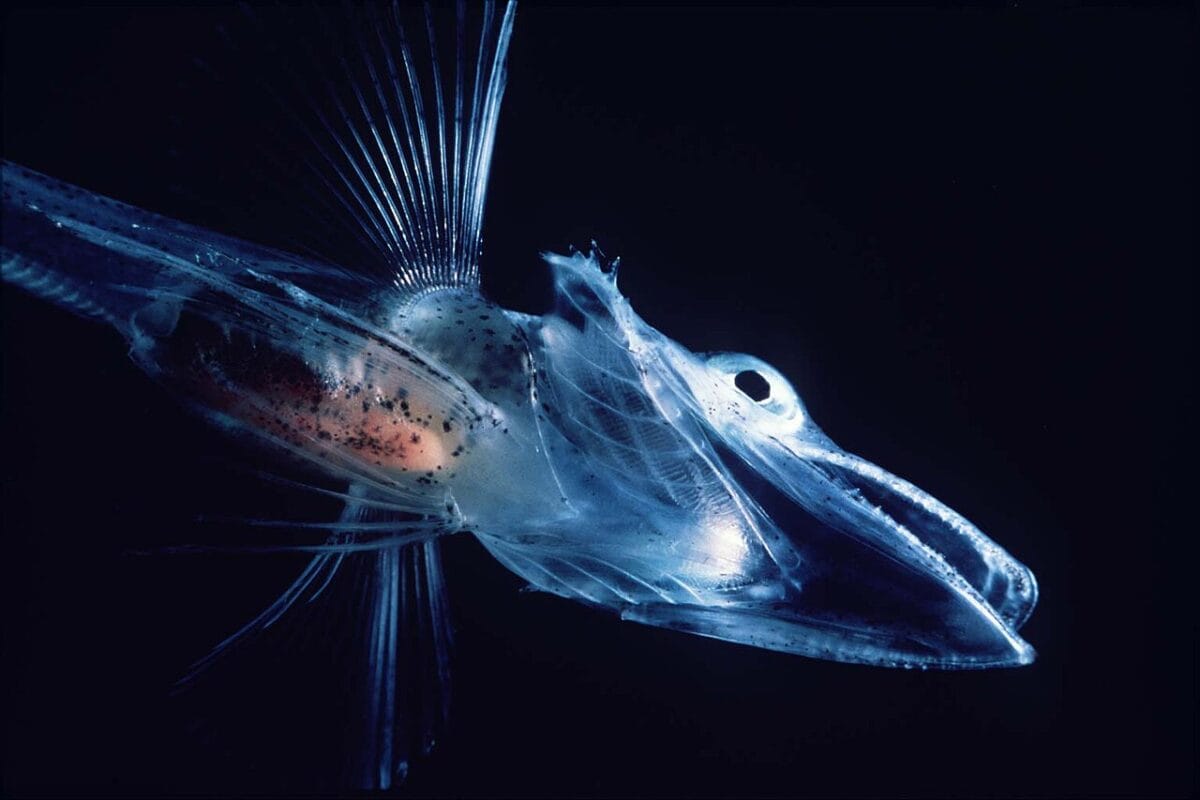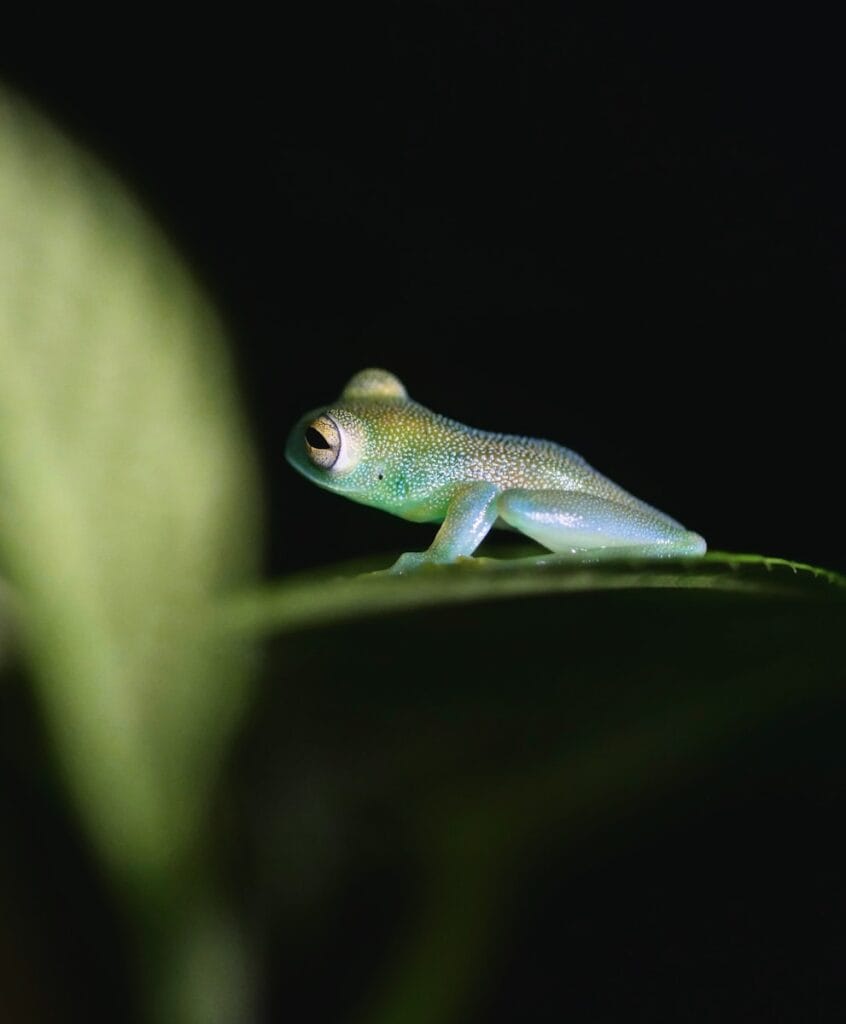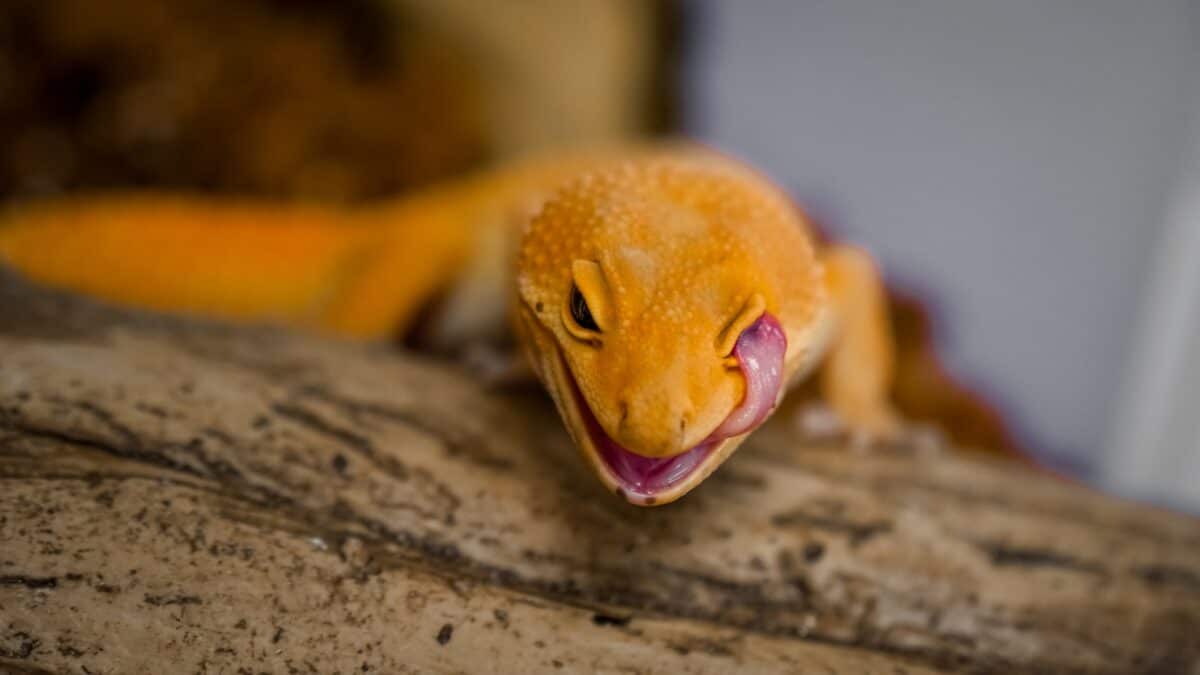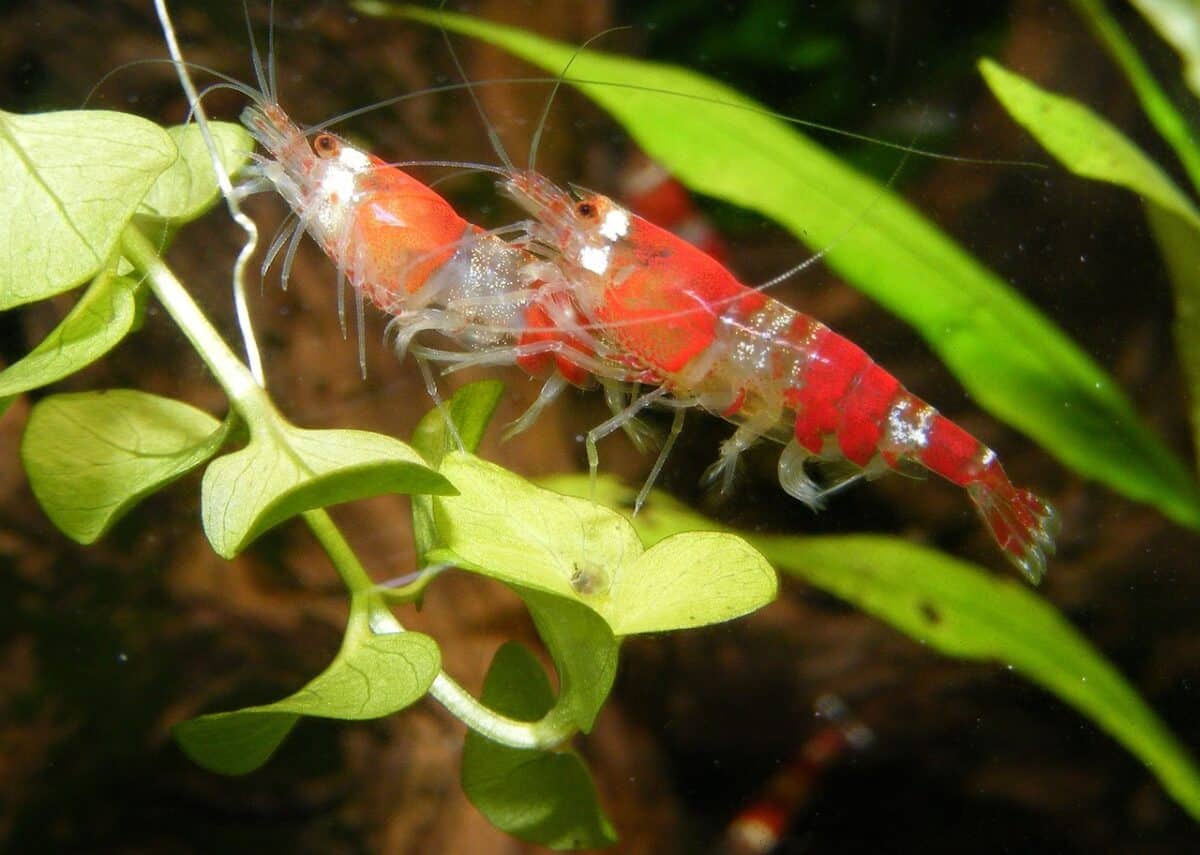Nature is a treasure trove of wonders, with each corner of the world harboring creatures that have developed extraordinary traits to thrive in their environments. These adaptations are not merely survival tactics; they are nature’s testament to the incredible diversity of life on Earth. From the depths of the ocean to the arid deserts, animals have evolved in unexpected ways. Let’s explore some of the most fascinating adaptations that nature has to offer.
15. The Transparent Blood of Antarctic Icefish

Living in the frigid waters of the Antarctic, these fish have clear blood lacking hemoglobin, the protein that gives blood its red color. Despite this, they absorb sufficient oxygen through their skin, a vital adaptation for surviving where temperatures routinely plunge below freezing.
14. The Glass Frog See-Through Skin

Glass frogs, found in Central and South America, have translucent skin on their undersides, making their organs visible. This adaptation likely helps disguise them from predators by breaking up their outline against their leafy habitats.
13. The Snake That Can Glide

The Paradise tree snake of Southeast Asia is a marvel, capable of flattening its body and gliding from tree to tree. This adaptation helps it escape predators and move efficiently between branches in search of prey.
12. The Tardigrade Resilience to Extreme Conditions

Known as water bears, tardigrades can survive extreme temperatures, pressures, radiation, and even the vacuum of space. They achieve this by entering a cryptobiotic state, effectively putting their metabolism on hold until conditions improve.
11. The Squid Bioluminescent Cloak

The Hawaiian bobtail squid has a symbiotic relationship with bioluminescent bacteria, which light up its underside to eliminate its shadow. This adaptation provides effective camouflage against predators lurking below.
10. The Immortal Jellyfish Cellular Reversion

Unlike most creatures, the immortal jellyfish can revert its cells to a previous stage of life when injured or old. This process allows it to potentially live indefinitely, making it one of the few biologically immortal organisms on Earth.
9. The Electric Sense of the Platypus

The platypus, an aquatic mammal native to Australia, uses electroreception to detect prey. This adaptation allows it to hunt effectively in murky waters where visibility is low, using its bill to sense electric fields generated by other animals.
8. The Lizard That Shoots Blood from Its Eyes

When threatened, the Texas horned lizard can shoot blood from its eyes by increasing the blood pressure in its head. This bizarre adaptation deters predators through surprise and an unpalatable taste.
7. The Mantis Shrimp Super Sight

Mantis shrimps possess one of the most complex visual systems in the animal kingdom. With up to 16 types of photoreceptor cells, they can see polarized light and a spectrum of colors invisible to humans, aiding in communication and hunting.
6. The Spiny Mouse’s Self Healing Abilities

Native to parts of Africa, the spiny mouse can regenerate skin, hair follicles, sweat glands, and even cartilage. This remarkable regenerative ability provides an edge against injuries that would be fatal to most animals.
5. The Shrimp That Generates Heat Thunderclaps

The pistol shrimp is known for its powerful claw that shoots bubbles, creating a sound louder than a gunshot. The shockwave created can stun prey or defend against threats, an adaptation unique in the underwater world.
4. The Gecko Climbing Skills

Geckos can climb smooth surfaces thanks to millions of tiny hair-like structures on their feet called setae. These structures exploit van der Waals forces to stick to almost any surface, allowing them to escape predators and hunt insects with dexterity.
3. The Fennec Fox Giant Ears

The fennec fox, native to the Sahara, uses its oversized ears not only to hear predators and prey but also to dissipate heat, keeping it cool in the desert sun. This adaptation is vital in the arid environment where temperature regulation is crucial.
2. The Octopus Incredible Intelligence

Octopuses are renowned for their problem-solving abilities and complex behavior, a result of their large brain relative to body size. This intelligence enables them to use tools, escape enclosures, and exhibit social behavior uncommon in invertebrates.
1. The Sea Cucumber Evisceration Defense

When threatened, sea cucumbers can expel their internal organs to entangle predators. While this might seem counterproductive, they can regenerate these organs, providing a surprising escape route from danger.
Conclusion:

These remarkable adaptations highlight the creative solutions that evolution crafts for the survival of species in diverse and challenging environments. By understanding these fascinating adaptations, we deepen our appreciation for the natural world and the endless variety of life strategies that exist on our planet.
- 10 Animals That Risked Their Lives to Save Humans - August 9, 2025
- 14 Reasons Why Bears Are Afraid of Humans (Most of the Time) - August 9, 2025
- 11 Frogs That Look Too Weird to Be Real - August 9, 2025

